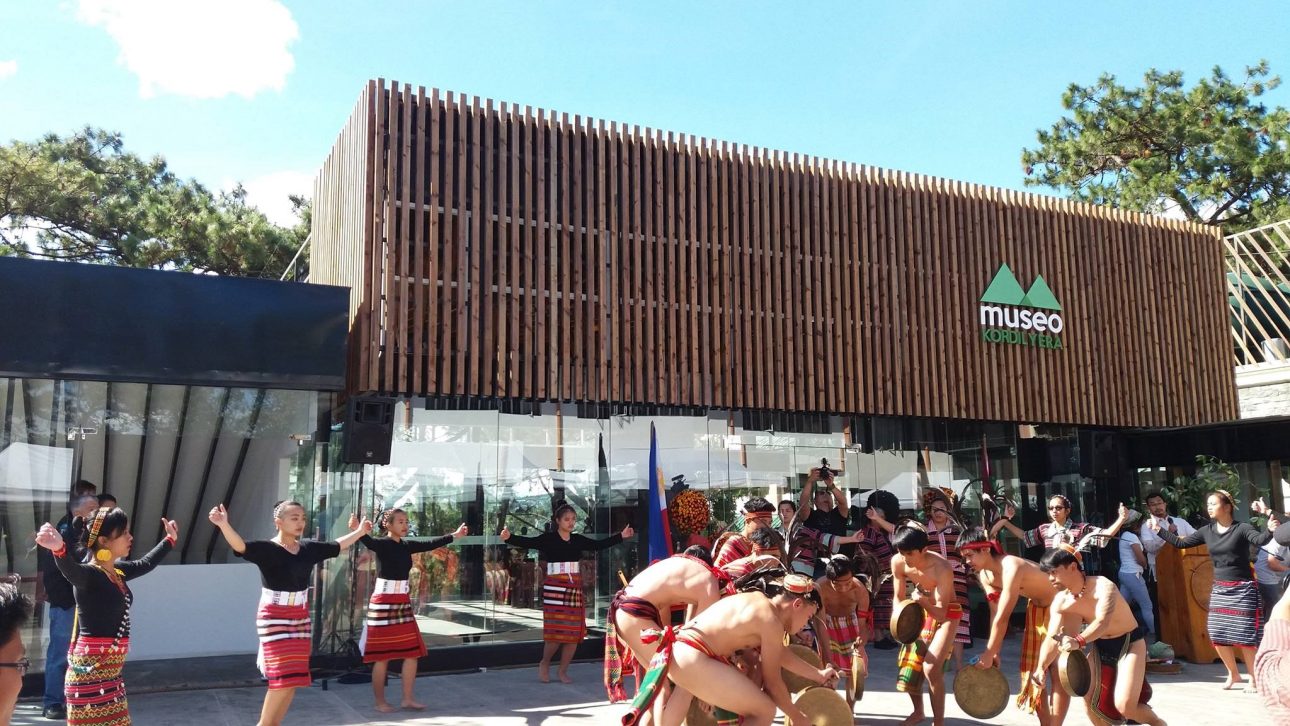The Museo Kordilyera of the University of the Philippines Baguio (UPB) is an ethnographic museum dedicated to the preservation and enrichment of the indigenous cultures of the Cordillera Administrative Region and its neighboring areas in Northern Luzon. The major indigenous societies – the Bontok, Ibaloy, Ifugao, Kalinga, Kankana-ey – and the smaller groups native to the region provide the University a rich ground for research in the various academic disciplines, and exceptional opportunities for the significant social interventions. It is in view of this that the University of the Philippines Baguio has identified Cordillera and indigenous studies as its niche. The Museo Kordilyera accentuates this niche at the same time that it reinforces the role of the University as a premier arts and science institution in Northern Luzon.
As a museum dedicated to regional culture, the Museo Kordilyera will serve as a repository of the tangible and intangible heritage of the Cordillera, and will be distinguished by its integral connection to the scholarly work of the faculty from the different colleges of the University. Hence, the museum is a vital learning resource center, a ‘living museum,’ and a venue for disseminating the fruits of faculty research.
As an ethnographic museum, the Museo is focused on the collection, preservation, and display of objects associated with the unique societies and cultures of the Cordillera region. It has an essential connection to anthropology, particularly the mode of anthropological research and discourse known as ethnography, characterized by detailed and holistic knowledge produced through extended fieldwork and immersion in the culture of the communities that are studied.
The Museo Kordilyera will serve as a platform for dialogue with various communities in the wider world through themed exhibitions, symposia, lectures, Internet presence, cultural performances, and demonstration of knowledge and skills of local artisans and cultural bearers from Cordillera and other ethno-linguistic groups.
The museum is part of the emerging “cultural hub” of UP Baguio. The physical structure includes a permanent collection and curatorial space for ethnographic materials; a temporary exhibition space for loaned exhibitions and collateral activities for museum orientation purposes; an audio visual room; and a museum shop and cafe.
Mission and Objectives
Overall, the mission of the Museo Kordilyera is to cultivate an understanding of and respect for the identity and culture of the indigenous peoples of the Cordillera and Northern Luzon as an integral part of an evolving Filipino culture.
In particular, in relation to the principal function of museums, it seeks to collect, maintain, and preserve Cordillera material culture, and relevant objects through various means of preservation and conservation.
In relation to the UP Baguio community, it seeks to provide both students and faculty supplementary learning resources that can reinforce the teaching and learning processes, and a special space where scholarly and creative work can be featured and displayed.
Open to students, academics, and researchers from other institutions and agencies, the museum shall provide assistance to the larger public, whenever necessary, in accordance with its policies and guidelines. It shall maintain links with external communities through extension services and involvement in cooperative and joint ventures with other museums, schools, or other agencies.
About the Logo
 Logo design by: Jhoan F. Medrano
Logo design by: Jhoan F. Medrano
Logo Image – The museum logo is composed of two slightly overlapping triangles which creates an image of mountains representing the Cordilleras. Moreover, the triangle shape also projects strength and stability.
Logo Typeface – The choice of a simple but crisp font provides the logo with a modern look rather than the typical “indigenous” look to appeal more to the younger target audience.”

















